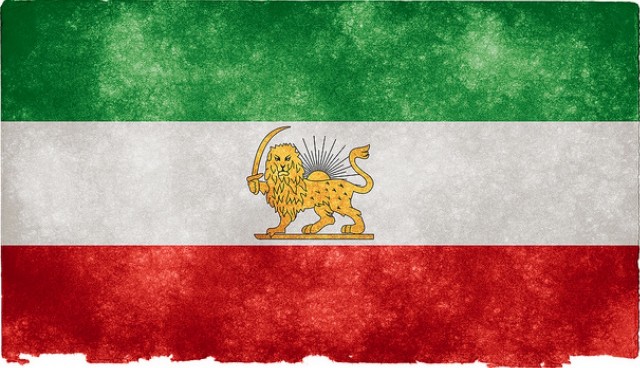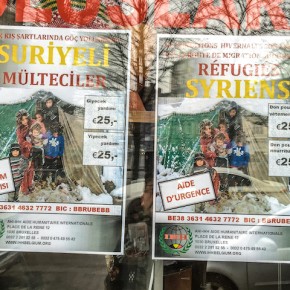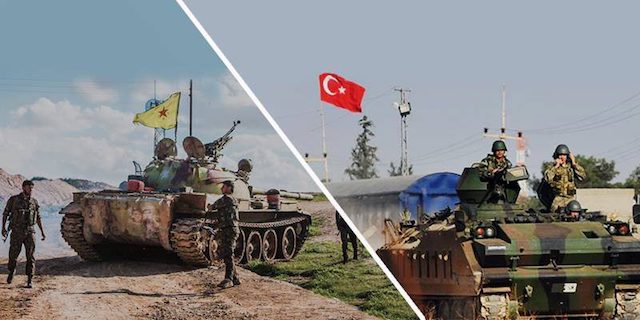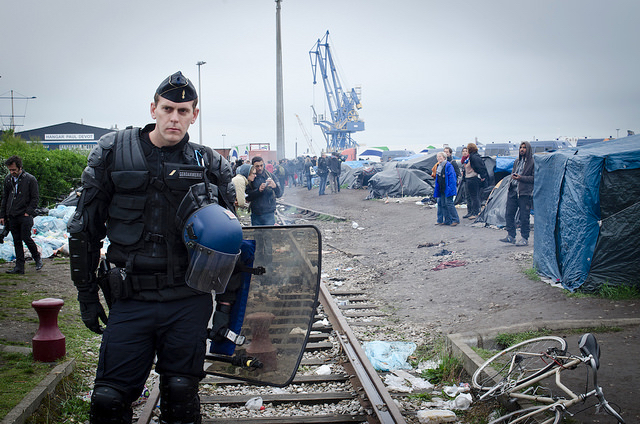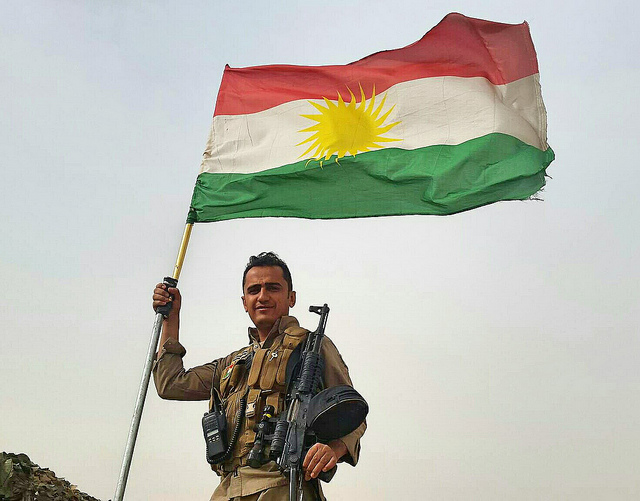“We were white until the Arabs came and raped our women,” is the sort of thing you’ll hear Iranian Americans say, when expressing their distaste for Islam. A reverse Orientalism in a sense, they will often refer to Arabs–Gulf Arabs, mainly– as ‘locust eaters’ (malakh khor).
To those familiar with the Iranian Diaspora, it is no news that members of the community are chauvinistic when it comes to their culture and history, even if it includes racist claims and comments that quietly fall under the category of white supremacy.
Iranian Americans often cite their so-called ‘Aryanism’ when taking pride in their ancestral homeland—whose original name Iranzamin means ‘land of the Aryans’—even though being ‘Aryan’ or ‘white’ does not seem to reflect upon them during extra searches by the TSA, getting pulled over by the police, or being the target of Islamophobic hate crimes. It also didn’t prevent them from being targets of anti-Iranianism for 444 days during the Iran hostage crisis, when the insults were “camel jockeys go home!” and “deport all Iranians!”
So why is it that a subsection of Iranian Americans continues to lean on its ‘whiteness’ when society treats it as ‘brown’?
Much of the post-1979 generation of Iranian Americans—those who haven’t visited Iran—satiate their curiosity about their ancestral homeland through anecdotes highlighting bouts of history as told to them by their parents and grandparents. The quick version was that Shah was wonderful and that Islamic zealots following the evil mullah Ayatollah Ruhollah Khomeini overthrew what was a progressive, Westernized country.
But that wasn’t all. Iranians were once a pure race, and it was a backwards religion led by a group of desert men who raped and pillaged towns, forcing Iranians to convert to Islam and stray from their ancient Persian religion Zoroastrianism. Thanks to the Arabs, we now had to deal with the Islamic Republic of Iran. This explains why so many Iranian Americans refer to themselves as “Persian.” They don’t want to be associated with the current government of Iran. This was obviously important during the anti-Iranianism of the 1980s.
Of course, it is problematic when Iranian Americans describe themselves as being the exception to the world and Iran as being purely Persian. This is firstly because there are countless other ethnic groups in the country—including Arab, Armenian, Baluchis, Kurdish, Turkish, and so forth— meaning that “Persian” does not define it. This is exactly why referring to one self as “Persian American” (or usually just “Persian”) is incorrect because while one can be Iranian American, not all are Iranians are “Persians”. Much of this ignorance gets passed down by wider society, including verbally through relatives, but in truth, it is deeply rooted in a history steeped with Iranian exceptionalism.
Iranian Exceptionalism
Although Iran, then known as “Persia” was invaded countless times, it managed to sustain a distinct culture and dialect by adopting the Arabic alphabet despite the coming of Islam when the Arabs took over. Ferdowsi’s classical masterwork Shahnameh (“The Book of Kings”) was the first incidence of this heritage.
Under the Safavid Dynasty, in an effort to separate themselves from their Sunni Arab neighbors, Twelver Shi’ism was adopted as a Persian state religion. Under the Pahlavi dynasty, Reza Shah attempted to counteract Shi’ism by placing more emphasis on Zoroastrian traditions (including Mehregan, Nowruz, Sadeh, and Tirgan) in an effort to craft an alternative culture dating back to ancient times. Part of this meant changing the country’s name back to Iran in 1935, in an effort to distinguish it from Arab countries and shed its Islamic roots. It has also been argued that in renaming “Persia” as “Iran,” Reza Shah was at least partially influenced by Nazi Germany.
Reza Shah was deeply inspired by Mustafa Kemal Ataturk’s secular experiments in Turkey and wanted the world, particularly the West, to know that Iranians were of a different race, spoke a different language, had different religious practices, and a different culture and history that made them modern (and implicitly European). They were different from their Arab neighbors who were seen as tribal, backwards, and uneducated. Historian Reza Zia-Ebrahimi describes ‘Aryanism’ as dislocative nationalism:
“… served as the official ideology of the Pahlavi state (1925-1979), and was therefore repeatedly hammered into the minds of generations of Iranians through mass-schooling, partisan historiography and propaganda. Its influence is therefore non-negligible… In other words, [dislocative nationalism] aims to dislodge Iran from its empirical reality as an Islamic and Eastern land, and portray it as a member of the European family gone astray in the Middle East. The alleged racial kinship between the Aryans of Iran and Europe is the racial discourse that allows such dislocation and as such, racial thought is a fundamental aspect of dislocative nationalism.”
When Reza Shah’s son Mohammad Reza Pahlavi (commonly known as “the Shah”) cemented his dictatorial rule after the 1953 MI6 and CIA-backed coup against Mohammad Mossadegh, he further promoted his father’s agenda of dislocative nationalism. For instance, he exaggerated the true purpose of the Cyrus Cylinder as an ancient Persian human rights charter, in an effort to cast Iran as part of the European liberal tradition, while concealing his own government’s authoritarian policies. He also infamously described Iran’s location as an “accident of geography,” among other things.
Diaspora Nationalism Today
The aftermath of September 11, leading to the War on Terror, has made this dislocative nationalism and Iranian exceptionalism difficult because, as sociologist Neda Maghbouleh argues, “For these young people, after something like 9/11 when clearly Iranians were being lumped together with these different groups, what these parents were telling them about Iranian exceptionalism begins to fall flat. Of course, they’re going to make connections, not just to Arabs and Turks, but also South Asians: Indians, Pakistanis, Bangladeshis.”
These connections are made fascinating by the fact that the US Census continues to feed into the notion that Iranians are white or Caucasian, with Magbouleh noting that “in terms of the state, the state clearly understands and treats [Iranian Americans] supposedly as the ‘whites’ that they’re categorized as, yet in their everyday travels through the world, Iranian Americans are not treated as the whites that they are legally.”
In 2010, the Check It Right Campaign tried to encouraged Arabs and Iranians to check ‘other’ on the US Census and fill in their true ancestry as an effort to show they weren’t invisible. Iranian American actor and comedian Maz Jobrani highlights this in a humorous anecdote: “When I was applying for college, I actually looked for the box to mark Iranian and I went to my counselor and I said, ‘There’s no Iranian box.’ And they go, ‘Well, you’re white.’ I go, ‘What do you mean I’m white?’ I took all the insults growing up — camel jockey, towel head, all this other stuff — and all I had to say was, ‘Dude, I’m white!’”
This reflects the difficulty of being Iranian American today. The Diaspora’s often jingoistic and exceptionalist mentality is based on an idea of ‘us’ versus ‘them,’ in an effort to continuously separate one’s self from one’s neighbors based on an image of one’s of being ‘white.’ And yet, this doesn’t reflect in reality, because everyone seems to see it otherwise. No matter how light your skin color is, your name, your passport, your religion says it all.
It is critical the Iranian American community tackle this problem. Indeed, as anthropologist Alex Shams writes, “the failure of Iranian Americans to recognize their own complicated racial position in the United States risks doing our community a great disservice. We must be brutally honest with ourselves and with each other about systems of race and racial oppression in this country as well as how we fit into them, both in terms of privilege and oppression.” Considering America’s immensely violent racial history, this is particularly important for the Diaspora there, though it has consequences everywhere.
Photograph courtesy of Nicolas Raymond. Published under a Creatives Commons License.
